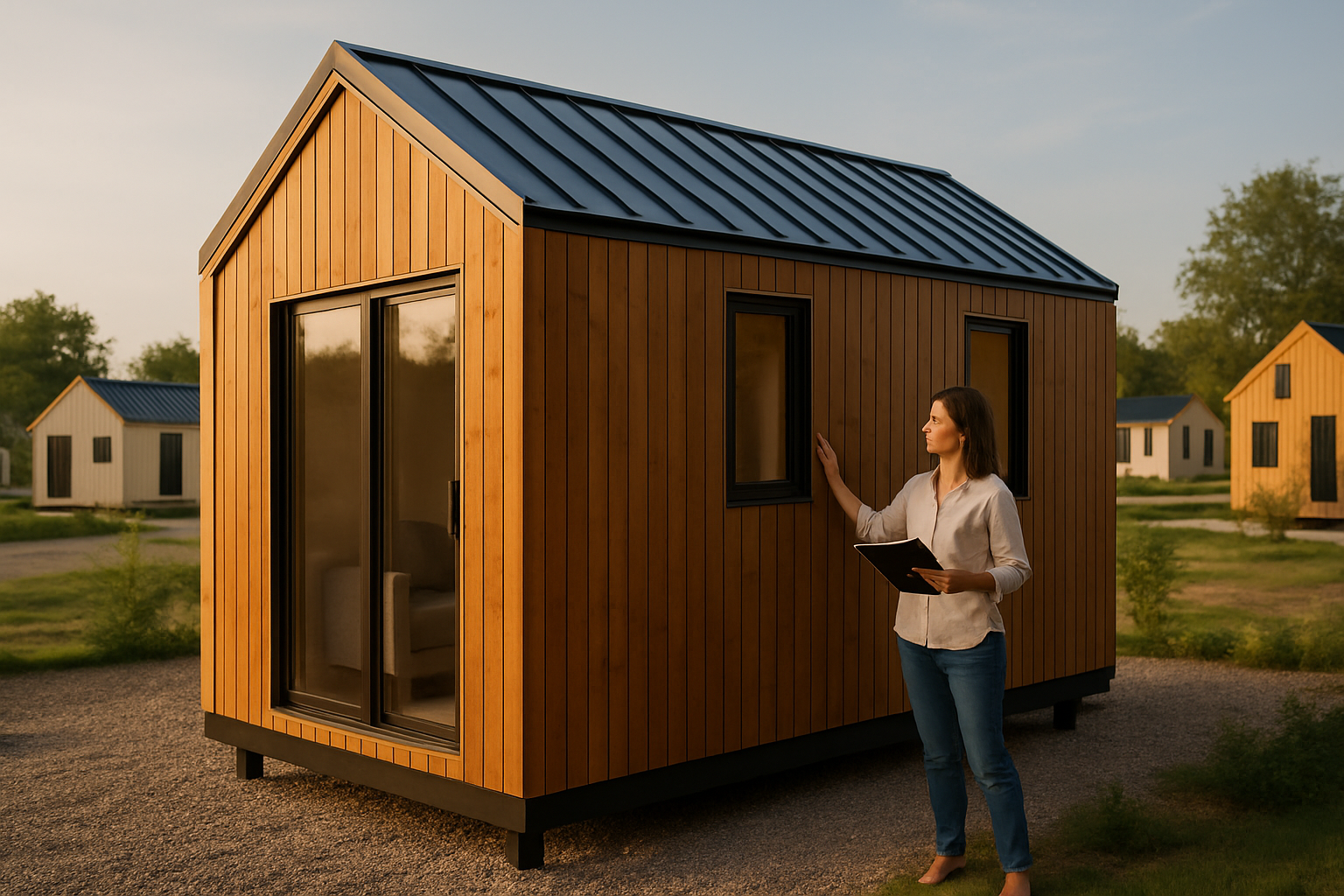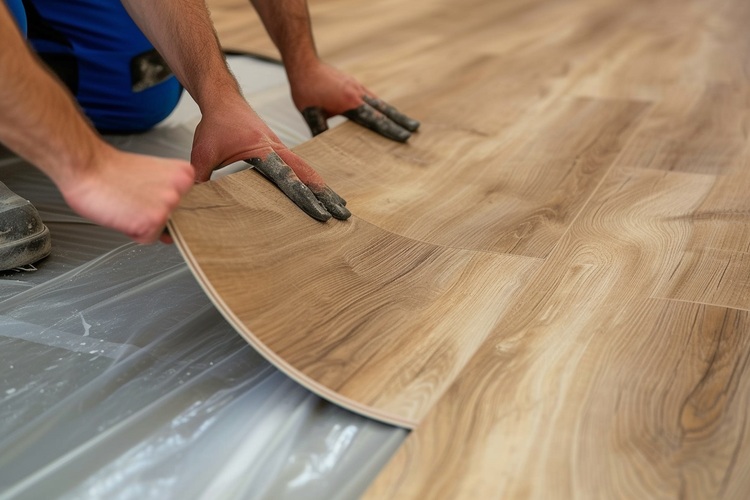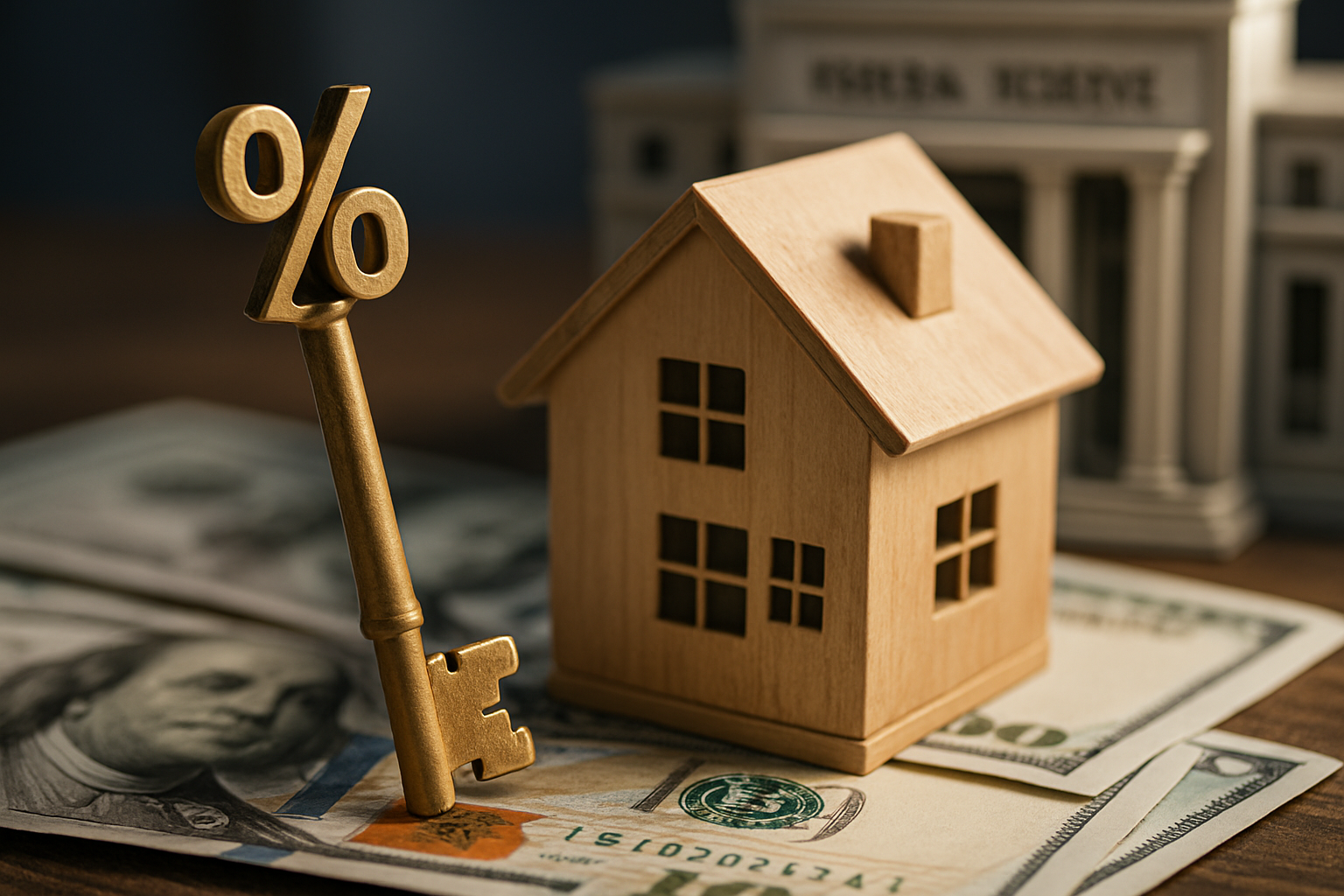Cost-Effective Options for Prefab Log Cabin Kits Available
If you’ve been dreaming of a cozy log cabin retreat without the hefty price tag, prefab log cabin kits offer an affordable and efficient solution. These cost-effective options combine rustic charm with modern convenience, allowing you to enjoy the timeless appeal of wood construction at a fraction of the cost of traditional builds. Whether you’re planning a weekend getaway, guest house, or full-time residence, prefab log cabin kits make it easier than ever to create your perfect woodland escape.

Building a log cabin has long been a dream for many homeowners seeking a connection to nature, a simpler lifestyle, or a unique architectural aesthetic. Prefab log cabin kits have emerged as a popular solution, offering a balance between affordability, quality, and convenience. These kits come with pre-cut logs, hardware, and detailed instructions, making the construction process more accessible to both DIY enthusiasts and professional builders. By eliminating much of the guesswork and reducing construction time, prefab kits can significantly lower overall project costs while maintaining structural integrity and visual appeal.
Affordable Quality: What Makes Prefab Log Cabins Cost-Effective
Prefab log cabin kits achieve cost-effectiveness through several key factors. First, the manufacturing process benefits from economies of scale. Producers cut logs and prepare materials in controlled factory environments, reducing waste and optimizing resource use. This precision manufacturing means fewer errors and less material loss compared to traditional on-site construction. Second, the pre-engineered design simplifies the building process, which can reduce labor costs by 30 to 50 percent depending on the complexity of the project. Many kits are designed for straightforward assembly, allowing homeowners with basic construction skills to participate in the build, further reducing expenses. Third, prefab kits often include all necessary components in one package, from logs and fasteners to windows and doors, which eliminates the need for multiple supplier transactions and potential cost overruns. The standardized nature of these kits also makes it easier to estimate total project costs upfront, reducing financial surprises during construction.
Popular Styles and Sizes to Fit Every Budget
Prefab log cabin kits come in a wide range of styles and sizes to accommodate different budgets and purposes. Small cabin kits, typically ranging from 200 to 600 square feet, are ideal for hunting cabins, guest houses, or weekend retreats. These compact designs often feature open floor plans with basic amenities and can serve as an affordable entry point into log cabin ownership. Mid-sized cabins, between 600 and 1,200 square feet, offer more living space and can include multiple bedrooms, full kitchens, and bathrooms, making them suitable for seasonal or year-round living. Larger kits, exceeding 1,200 square feet, provide spacious layouts with multiple levels, luxury finishes, and custom features. Architectural styles vary from traditional Appalachian designs with hand-hewn logs to modern Scandinavian-inspired cabins with clean lines and large windows. Some manufacturers offer hybrid designs that combine log exteriors with conventional framing interiors, providing the rustic aesthetic at a lower cost. The variety of options ensures that buyers can find a kit that matches their aesthetic preferences, functional needs, and financial constraints.
Tips for Choosing the Right Prefab Log Cabin Kit
Selecting the appropriate prefab log cabin kit requires careful consideration of several factors. Start by assessing your intended use: will this be a seasonal retreat, a rental property, or a primary residence? This decision influences the size, insulation requirements, and amenities you’ll need. Next, evaluate your site conditions. Consider factors such as accessibility for delivery trucks, foundation requirements, local building codes, and climate considerations that may affect insulation and weatherproofing needs. Research manufacturers thoroughly, looking for companies with established reputations, clear warranties, and responsive customer support. Request detailed material lists and assembly instructions before purchasing to understand what’s included and what additional materials you’ll need to source locally. Pay attention to wood species and treatment methods, as these affect durability, maintenance requirements, and appearance. Eastern white pine, cedar, and Douglas fir are common choices, each with distinct characteristics. Consider whether you’ll build the cabin yourself or hire contractors, as this significantly impacts your budget and timeline. Finally, factor in additional costs beyond the kit itself, including foundation work, utilities, permits, finishing materials, and labor if you’re not building it yourself.
Real-World Cost Insights and Provider Comparison
Understanding the cost landscape for prefab log cabin kits helps in budget planning and decision-making. Prices vary widely based on size, materials, features, and manufacturer. Below is a comparison of typical offerings from established providers in the market.
| Provider | Kit Size Range | Cost Estimation | Key Features |
|---|---|---|---|
| Conestoga Log Cabins | 200-2,000 sq ft | $15,000-$80,000 | Pre-cut logs, customizable designs, various wood species |
| Coventry Log Homes | 400-3,000 sq ft | $25,000-$150,000 | Engineered logs, energy-efficient designs, turnkey options |
| Honest Abe Log Homes | 600-4,000 sq ft | $40,000-$200,000 | Hand-hewn appearance, traditional craftsmanship, custom plans |
| Zook Cabins | 200-1,500 sq ft | $12,000-$65,000 | Amish-built quality, modular options, quick assembly |
| Katahdin Cedar Log Homes | 500-3,500 sq ft | $35,000-$180,000 | Northern white cedar, precision milling, comprehensive packages |
Prices, rates, or cost estimates mentioned in this article are based on the latest available information but may change over time. Independent research is advised before making financial decisions.
These estimates typically cover the shell package, which includes exterior walls, roof system, windows, and doors. Additional costs for foundation, interior finishing, plumbing, electrical work, and site preparation can add 50 to 100 percent to the kit price. A complete project budget for a mid-sized cabin often ranges from $100 to $200 per square foot when all expenses are included.
Understanding What’s Included and What’s Not
Prefab log cabin kits vary in what they include, so understanding package contents is essential. Basic shell packages typically provide exterior logs, roof framing, windows, and exterior doors. Mid-level packages may add interior partition walls, flooring materials, and interior doors. Comprehensive packages can include cabinetry, fixtures, and finishing materials. However, most kits do not include foundation materials, plumbing, electrical systems, insulation, drywall, or appliances. Site preparation, utility connections, and permits are also separate expenses. Some manufacturers offer turnkey services where they manage the entire construction process, though this significantly increases costs. Review the detailed material list carefully and create a comprehensive budget that accounts for all components needed to complete your cabin. Many builders underestimate finishing costs, which can equal or exceed the kit price depending on the level of customization and quality of materials chosen.
Long-Term Value and Maintenance Considerations
Beyond initial costs, consider the long-term value and maintenance requirements of prefab log cabins. Properly constructed and maintained log cabins can last for generations, making them a sound investment. However, log homes require specific maintenance, including periodic staining or sealing to protect against moisture, UV damage, and insects. Budget for maintenance costs of approximately one to two percent of the cabin’s value annually. Energy efficiency varies by design and construction quality; well-insulated log cabins with modern windows can be quite efficient, while older or poorly sealed structures may have higher heating and cooling costs. The natural insulation properties of wood provide some thermal mass, but gaps between logs must be properly chinked and sealed. Consider the resale value in your area, as log cabins appeal to specific buyers and may take longer to sell than conventional homes in some markets. However, in rural and recreational areas, well-maintained log cabins often command premium prices and attract buyers seeking unique properties with character and charm.
Prefab log cabin kits represent a viable path to log home ownership for those willing to invest time in research and planning. By understanding cost factors, comparing providers, and carefully evaluating your needs and site conditions, you can select a kit that delivers quality construction within your budget. The combination of factory precision, reduced labor requirements, and comprehensive packages makes these kits an attractive option for creating a rustic retreat or permanent home that connects you with natural materials and timeless architectural traditions.



